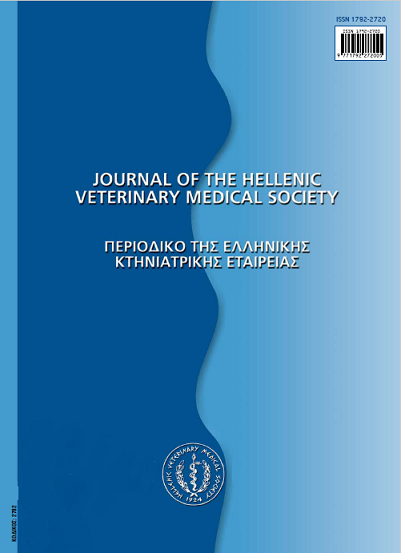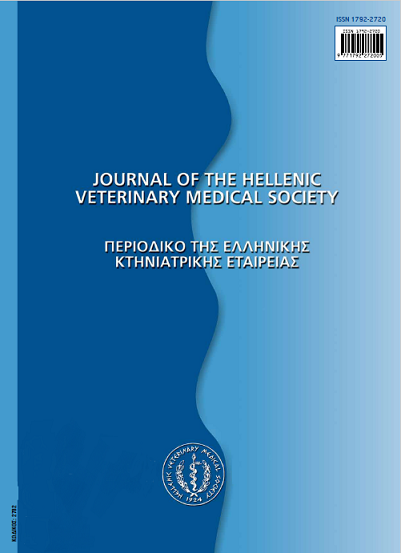New aspects upon the classification of Staphylococcus intermedins
Abstract
In 1976, Staphylococcus intermedins was first described as being a new species isolated from pigeons, dogs, mink and horses. Until recently, the majority of coagulase-positive staphylococci originating from animals such as dogs and pigeons have been classified as S. intermedins. This species has been recognized to constitute normal skin flora of various animal species and to occasionally cause a variety of infections in dogs and cats. There have been six species of coagulase-positive staphylococci other than Staphylococcus aureus, namely S.intermedius, S.schleiferì subsp. coagulans, S.hyicus, S. lutrae, S.delphini and S. pseudintermedius. Sequence similarities of 16S rRNA genes among four of these species, except S. hyicus and S. lutrae, are 99% identical. In addition, it is very difficult to differentiate among S. intermedius, S. delphini and S. pseudintermedius phenotypically, and commercial kits are not available for the differentiation between of S. pseudintermedius and S. delphini. It has been shown that isolates phenotypically identified as Staphylococcus intermedius consist of four distinct species, including S. intermedius, Staphylococcus pseudintermedius and Staphylococcus delphini group A and B, which together represent the Staphylococcus intermedius group (SIG). Moreover, S. delphini group Β might be a novel species. In 2009, a new, rapid and inexpensive PCR-RFLP was developed and is capable of discriminating the SIG strains.
Article Details
- Zitationsvorschlag
-
PETRIDOU (Ε. ΠΕΤΡΙΔΟΥ) E., FARMAKI (Ρ. ΦΑΡΜΑΚΗ) R., & KOUTINAS (Α.Φ. ΚΟΥΤΙΝΑΣ) A. F. (2017). New aspects upon the classification of Staphylococcus intermedins. Journal of the Hellenic Veterinary Medical Society, 61(1), 57–60. https://doi.org/10.12681/jhvms.14877
- Ausgabe
- Bd. 61 Nr. 1 (2010)
- Rubrik
- Review Articles
Authors who publish with this journal agree to the following terms:
· Authors retain copyright and grant the journal right of first publication with the work simultaneously licensed under a Creative Commons Attribution Non-Commercial License that allows others to share the work with an acknowledgement of the work's authorship and initial publication in this journal.
· Authors are able to enter into separate, additional contractual arrangements for the non-exclusive distribution of the journal's published version of the work (e.g. post it to an institutional repository or publish it in a book), with an acknowledgement of its initial publication in this journal.
· Authors are permitted and encouraged to post their work online (preferably in institutional repositories or on their website) prior to and during the submission process, as it can lead to productive exchanges, as well as earlier and greater citation of published work.











